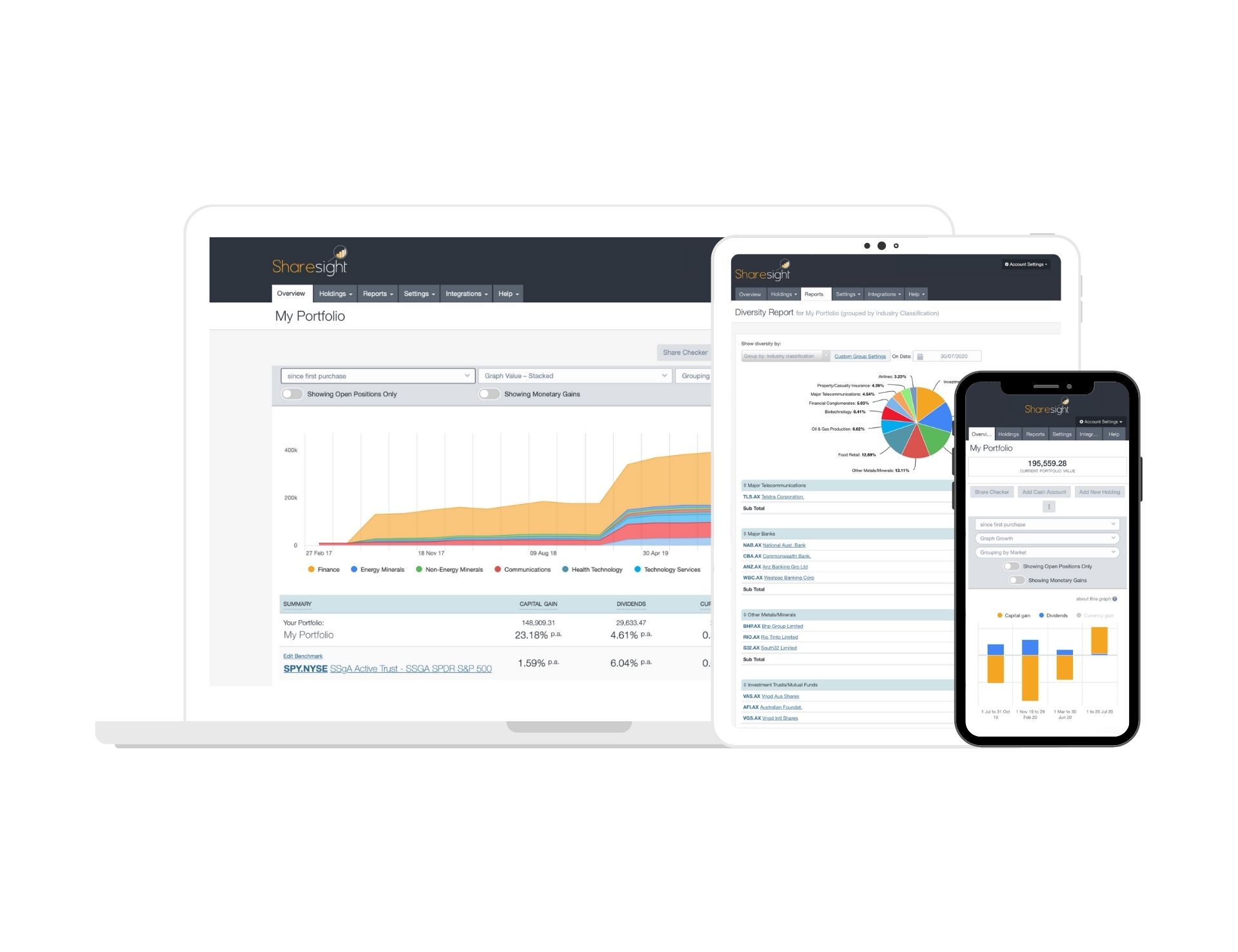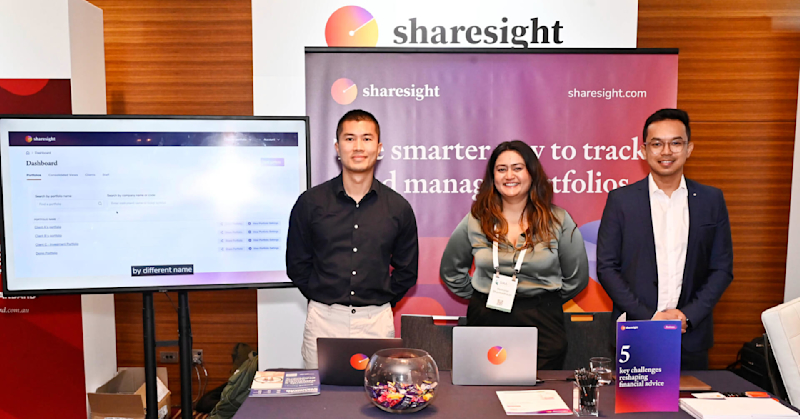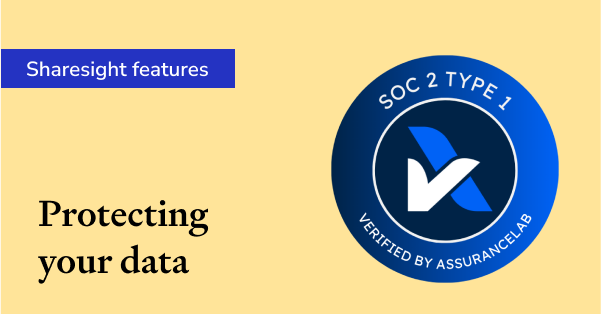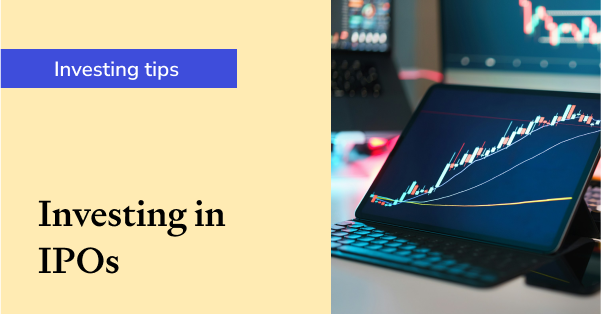What is a capital dividend?
A capital dividend is a dividend paid out of a company’s base shareholder equity. This differs from a regular dividend, which is paid out of profits that have been earned on top of shareholders’ equity. Generally, companies will only elect to pay a capital dividend if they haven’t made the profits necessary to issue regular dividends. For this reason, capital dividends are often considered a sign of poor financial health.

How do capital dividends work?
Capital dividends essentially return a portion of shareholders’ initial investments in lieu of sharing profits. Consider the following hypothetical example:
Neutronics, a technology company, has base shareholder equity of $500 million and pays dividends semi-annually. Under normal circumstances, these dividends are paid out of the company’s profits.
After a difficult few months, however, Neutronics fails to generate the profits necessary for scheduled dividends. Instead they must resort to capital dividends by dipping into their base equity and paying back shareholders part of their initial investment in the company. In doing so, they appease shareholders in the short term, but chip into their own operating capital. Neutronics hopes it will recover a positive financial position in the next quarter to cover the loss.
While this arrangement allows companies to deliver a dividend even if they are performing poorly, it also cuts into their capital base; the pool of shareholder equity that should ideally go toward new business opportunities and growth. Unsurprisingly, this often causes investors to lose confidence.
What are the advantages of capital dividends?
Capital dividends give investors a second chance to secure a dividend from a company that isn’t making substantial profits. In this sense, it might be considered something of a safety net.
There are also tax benefits to capital dividends in the US. In the eyes of the IRS, they are viewed as a ‘return of capital’ or refund on the initial stock price. Not only does this mean they’re tax exempt, but it also means that they can be used to justify lowering the original stock price when you file it on your tax return.
What are the disadvantages of capital dividends?
For a company in poor financial health, issuing capital dividends is not unlike moving water from one well to another. It’s a short term way of appeasing investors during tough financial times, but it takes a bite out of the very equity needed to sustain and grow the company moving forward. As a result, it’s something of a red flag for most investors.
It’s also important to note that capital dividends will only be issued if the company is contractually obliged to pay scheduled dividends to preferred shareholders. If the company has no such obligation, it can choose to simply halt dividends altogether if it faces financial strain – no need for capital dividends.
Looking for an easy way to track return of capital?
When you’re tracking investments across different asset classes, markets, currencies and brokers, even the most careful spreadsheet starts to crack under pressure. With Sharesight, you can automatically track the price and performance of all of your investments in one place, including the impact of corporate actions and dividends.
To track a capital dividend in Sharesight, simply click ‘Enter new trade or adjustment’ on the stock’s holding page, choose ‘Return of capital’ from the dropdown menu and enter the relevant dates and capital return value. The impact of the capital dividend will then be included in your performance data.
Investors can easily track return of capital in a Sharesight portfolio.
Track your dividends (and performance) with Sharesight
Thousands of investors like you are already using Sharesight to manage their investment portfolios. What are you waiting for? Sign up and:
-
Track all of your investments in one place, including stocks, ETFs, mutual/managed funds, property and even cryptocurrency
-
Automatically track your dividend and distribution income from stocks, ETFs and mutual/managed funds
-
Use our dividend calculator to see your potential future income
-
Run powerful reports built for investors, including Performance, Portfolio Diversity, Contribution Analysis, Future Income and Multi-Currency Valuation
-
See the true picture of your investment performance, including the impact of brokerage fees, dividends, and capital gains with Sharesight’s annualised performance calculation methodology
Sign up for a FREE Sharesight account and get started tracking your investment performance (and tax) today.

Disclaimer: The above article is for informational purposes only and does not constitute a product recommendation, or taxation or financial advice and should not be relied upon as such. Always check with your financial adviser or accountant to obtain the correct advice for your situation.
FURTHER READING

Key takeaways from SIAA 2025: Trends, insights & industry highlights
We summarise the key takeaways from the 2025 SIAA conference in Sydney, covering industry insights, market trends and the future of financial advice.

5 ways Sharesight keeps your data safe
Here at Sharesight, we maintain constant vigilance around cyber security. In this blog, we discuss five ways Sharesight keeps your data safe.

The investor's guide to IPOs: Risks, rewards and strategies
Discover when to invest in IPOs, how to approach them strategically, and how Sharesight helps you track and optimise your performance.